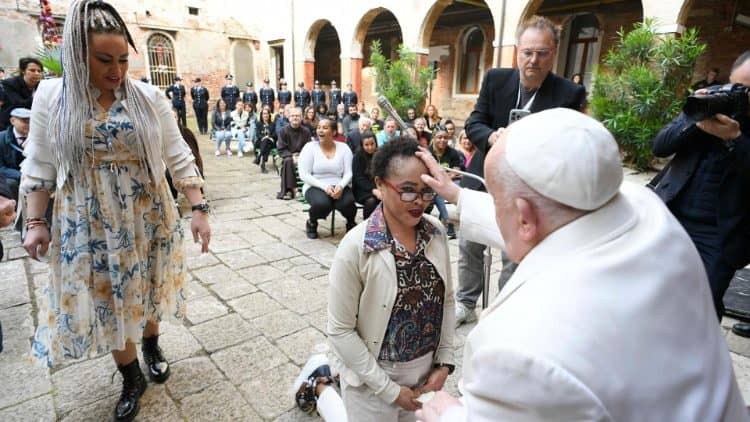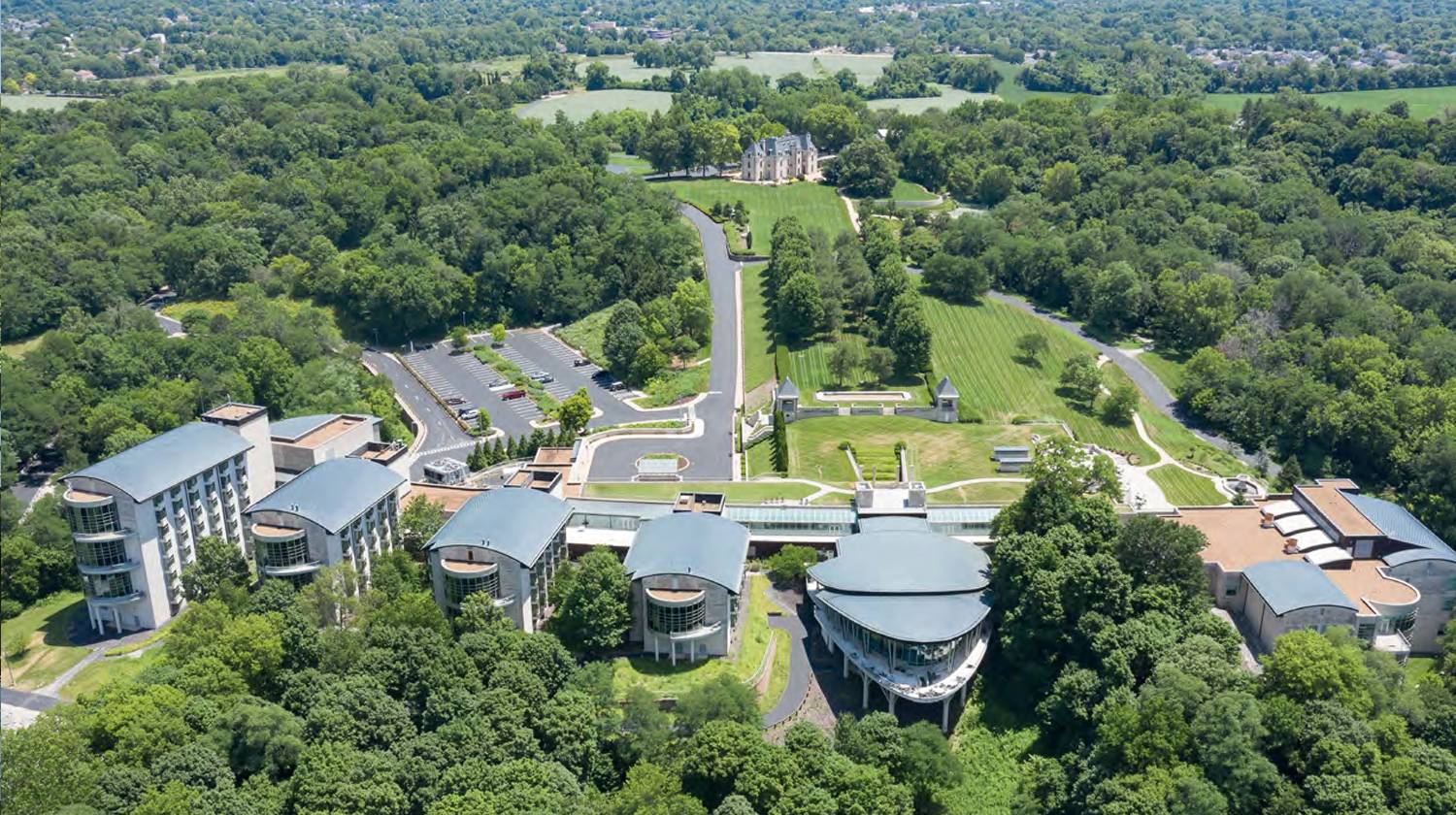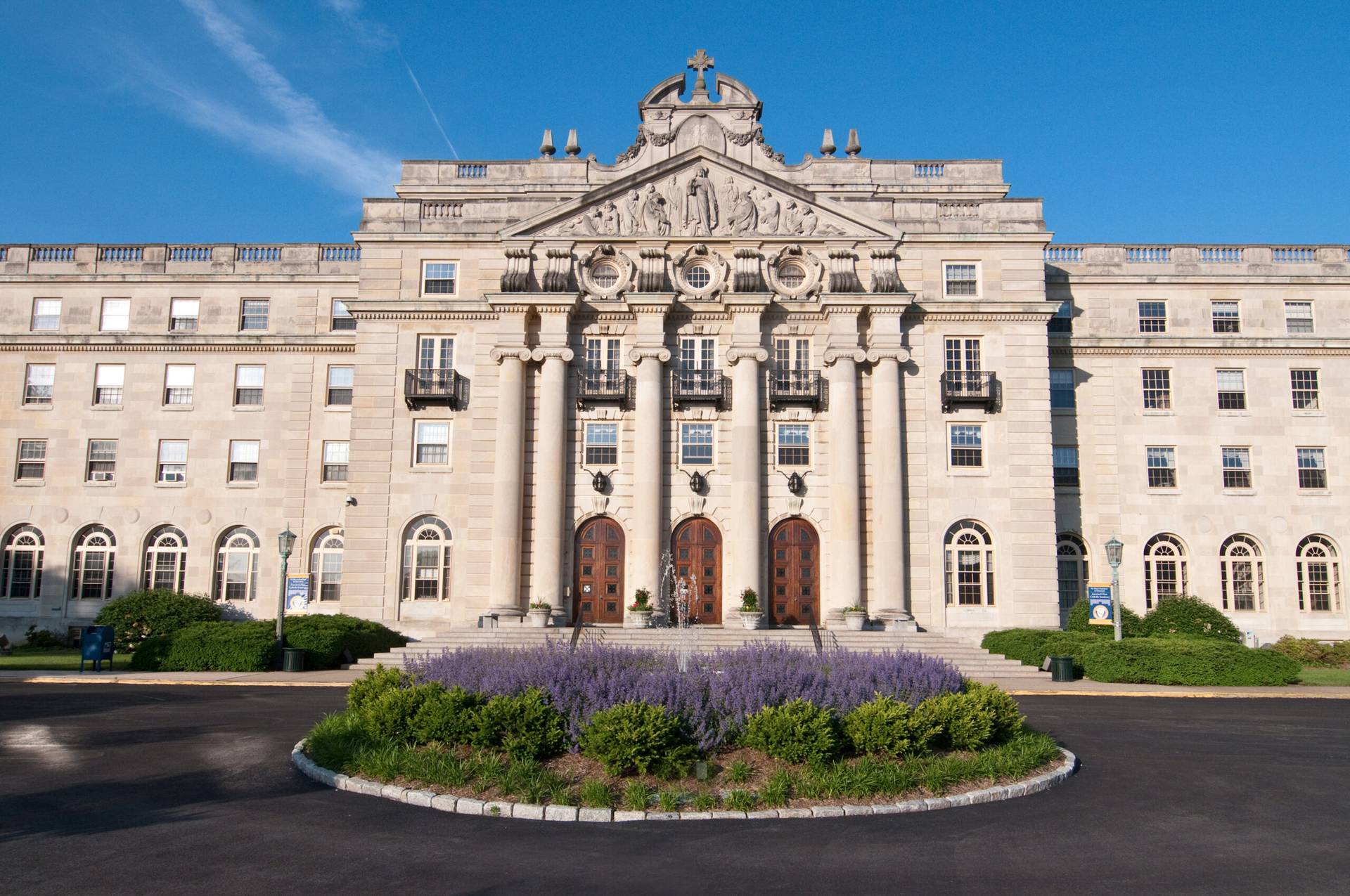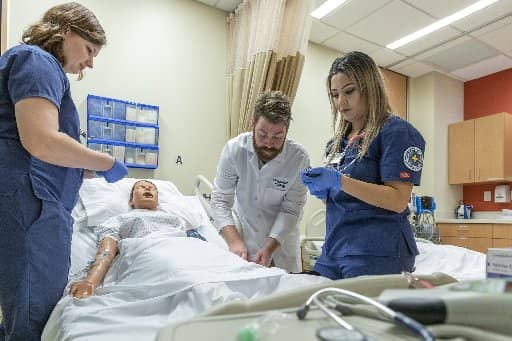NEW YORK – Even though a new study found that Catholicism remains the dominant religion among Latinos in the United States, the trends associated with the data show a population distancing itself from the faith and becoming more and more religiously unaffiliated.
The study, “Among U.S. Latinos, Catholicism Continues to Decline but Is Still the Largest Faith” published by Pew Research Center on April 13, found that 43 percent of Latino adults in the U.S. identify as Catholic, down from 67 percent in 2010. Meanwhile, the share of Latinos who are religiously unaffiliated now stands at 30 percent, up from 10 percent in 2010.
Even with the decreases, Latinos are about twice as likely as U.S. adults overall to identify as Catholic. However, the data within that 43 percent shows the potential impacts of a secularized U.S. culture on Latino Catholics, and paints a bleak picture for the future if the trends continue.
The study found that more than half of Latino immigrants in the U.S. identify as Catholic (52 percent), and 21 percent are religiously unaffiliated. Whereas U.S.-born Latinos are less likely to be Catholic (36 percent) and more likely to be religiously unaffiliated (39 percent).
The same trend holds true when comparing Latinos in the U.S. who identify as English-dominant and Spanish-dominant. More than half of Latinos who identify as Spanish-dominant identify as Catholic (56 percent). For English-dominant Latinos in the U.S., the percentage of Catholics falls to 32 percent.
U.S. Census Bureau data shows that there are approximately 62.6 million Latinos in the U.S. that make up 18.9 percent of the population. As of 2019, about a third of Latinos in the U.S. were born in another country, a previous Pew study found. Although, that percentage has likely increased in recent years as the number of Latino immigrants coming to the U.S. has skyrocketed.
To complete the study published on April 13, a team of Pew researchers surveyed 7,647 U.S. adults, including 3,029 Latinos, from Aug. 1-14, 2022. Researchers recruited the respondents by phone and mail through national, random sampling of residential addresses.
The Latino population that the study found is moving the furthest from faith – and this trend holds true across the general U.S. population – is young people, especially those born in the U.S.
“Young people born in the U.S. – not immigrants – have driven Latino population growth since the 2000s,” the study states. “Among U.S. Latinos ages 18 to 29, 79 percent were born in the United States. About half (49 percent) of Latinos in this age group now identify as religiously unaffiliated.”
“By contrast, only about one-in-five Latinos ages 50 and older are (religiously) unaffiliated; most of these older Latinos (56 percent) were born outside of the U.S.,” the study continues.
In general, the study found that Catholicism has also seen the greatest losses due to religious switching among Latinos. The data shows that nearly a quarter of all Latinos in the U.S. are former Catholics (23 percent). Meanwhile, about two-thirds of Latino adults (65 percent) say they were raised Catholic, “and for every 23 Latinos who have left the Catholic Church only one has converted to Catholicism.”
By comparison, Protestants are the second largest faith-group among Latinos in the U.S., accounting for 21 percent of Latino adults. That 21 percent is an increase from the number of Latinos in the U.S. who responded to the survey that they were raised Protestant (18 percent), showing, although slightly, that Latinos in the U.S. are more likely to convert to the Protestant faith.
For those Latinos in the U.S. who identify as Catholic, the study found that more than 80 percent said religion is “very important,” or “somewhat important” in their lives, while only two percent responded that religion is “not at all” important in their lives.
However, that importance doesn’t necessarily seem to translate to Mass attendance. 22 percent of U.S. Latino Catholic adults responded that they attend religious services weekly or more, and 12 percent responded that they attend once or twice a month.
Meanwhile, 28 percent of U.S. Latino Catholics responded that they only attend religious services a few times a year, and 38 percent say they seldom/never attend.
Follow John Lavenburg on Twitter: @johnlavenburg














